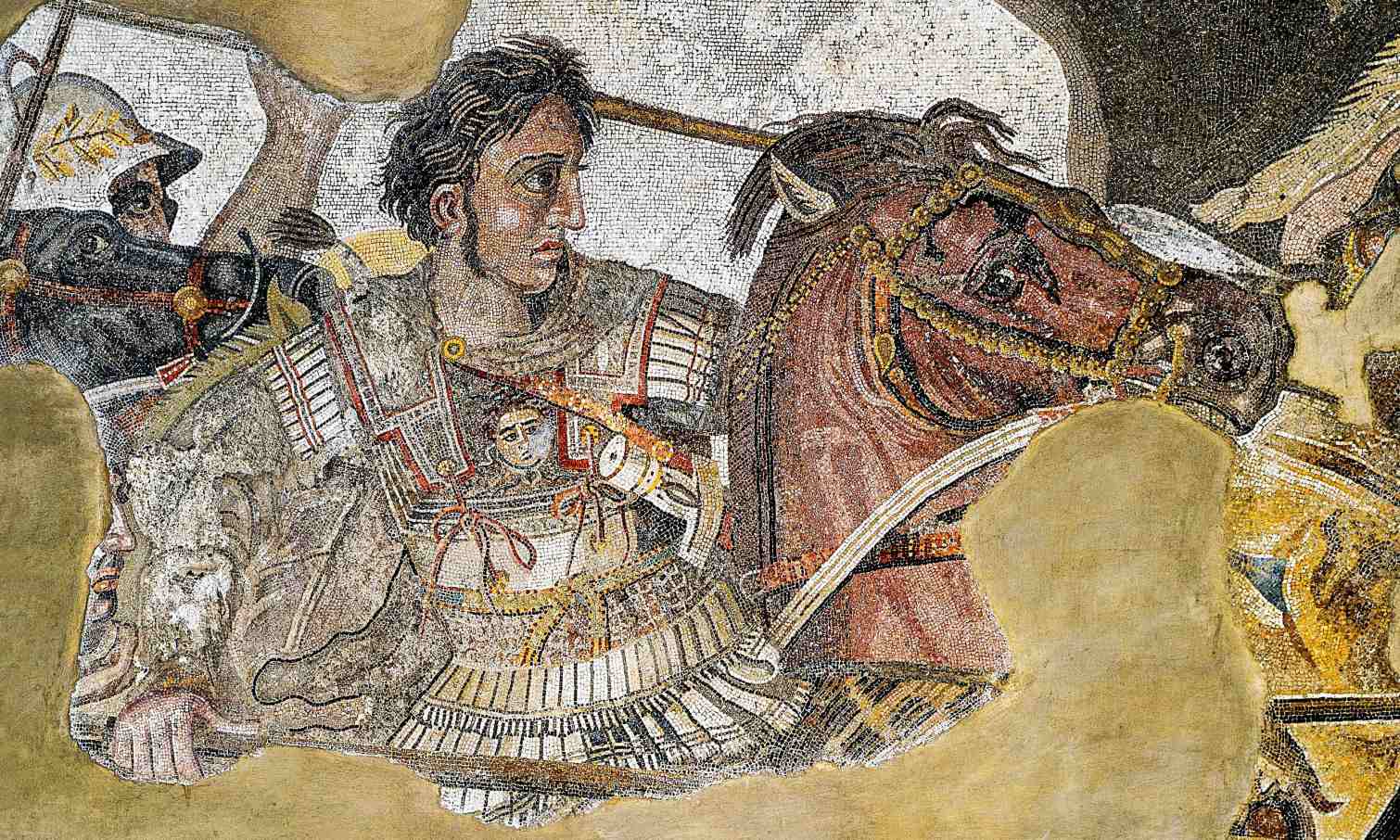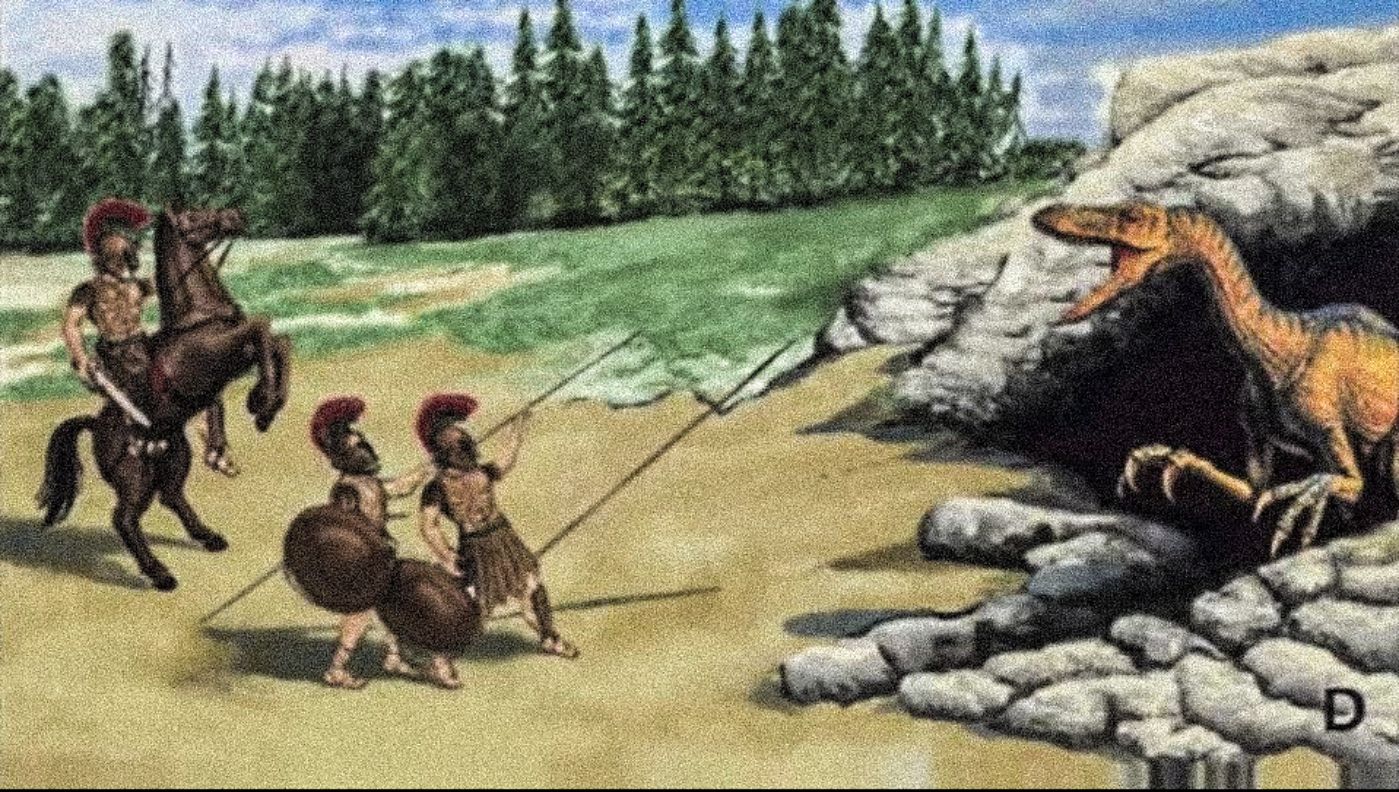Alexander the Great was the king of the ancient Greek kingdom of Macedon in the 4th century BC. He is best remembered for his colossal military campaign, which lasted for most of his reign, and led to the creation of one of the largest empires of the ancient world. Undefeated in battle, Alexander’s dominion eventually stretched from Greece to northwestern India and down into northeastern Africa.

In the course of his military campaign through Asia and Africa, Alexander the Great witnessed ― and indeed engineered ― many great and terrible things. The fall of cities and kingdoms, the “slaughter” of “entire” populations, and even ― if reports are to be believed ― a dragon!
In 330 BC, after Alexander the Great invaded India, he brought back reports of seeing a great hissing dragon living in a cave, which people were worshiping as gods.

One of Alexander the Great’s lieutenants named Onesicritus stated that the Indian king Abisarus kept serpents that were between 120 and 210 feet long. Subsequent Greek rulers are said to have brought dragons back alive from Ethiopia.
When Alexander threw some parts of India into a commotion and took possession of others he encountered among many other animals a Serpent which lived in a cavern and was regarded as sacred by the Indians who paid it great and superstitious reverence.
Accordingly, Indians went to all lengths imploring Alexander to permit nobody to attack the Serpent; and he assented to their wish. Now as the army passed by the cavern and “caused a noise”, the Serpent became immediately aware of it. It has, you know, the “sharpest hearing and the keenest sight of all animals”.
It is said that the beast put its head out of the cavern and “hissed and snorted so violently that all were terrified and confounded”. And certainly, according to the description by Aelianus, the creature would have been terrifying to behold.
The visible part of the serpent alone “was reported to measure 70 cubits”, the rough equivalent of 32 metres or 105 feet in length. The rest of its immense body remained within the cavern.
“At any rate its eyes are said to have been the size of a large, round Macedonian shield.”
―Aelianus, On the Nature of Animals, Book #XV, Chapter 19-23, c.210-230.
The world’s longest venomous snake, the King Cobra, is one such animal who roams the forests of India. Adult snakes can grow to between three and five metres long. Though it could be a fear-inducing length to anyone, however, it’s not so large as the “giant serpent” which Alexander and his men confronted. With that in mind, what did the ancient king encounter during his campaign in India? Did he catch sight of a dragon?




